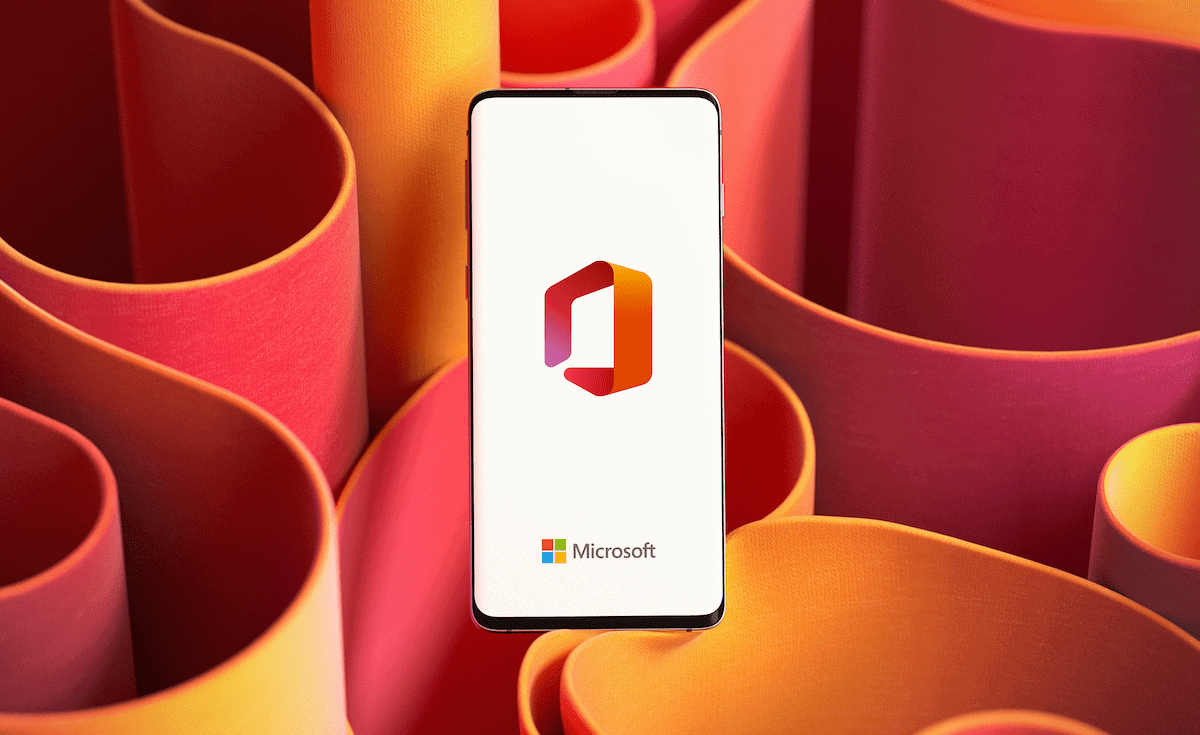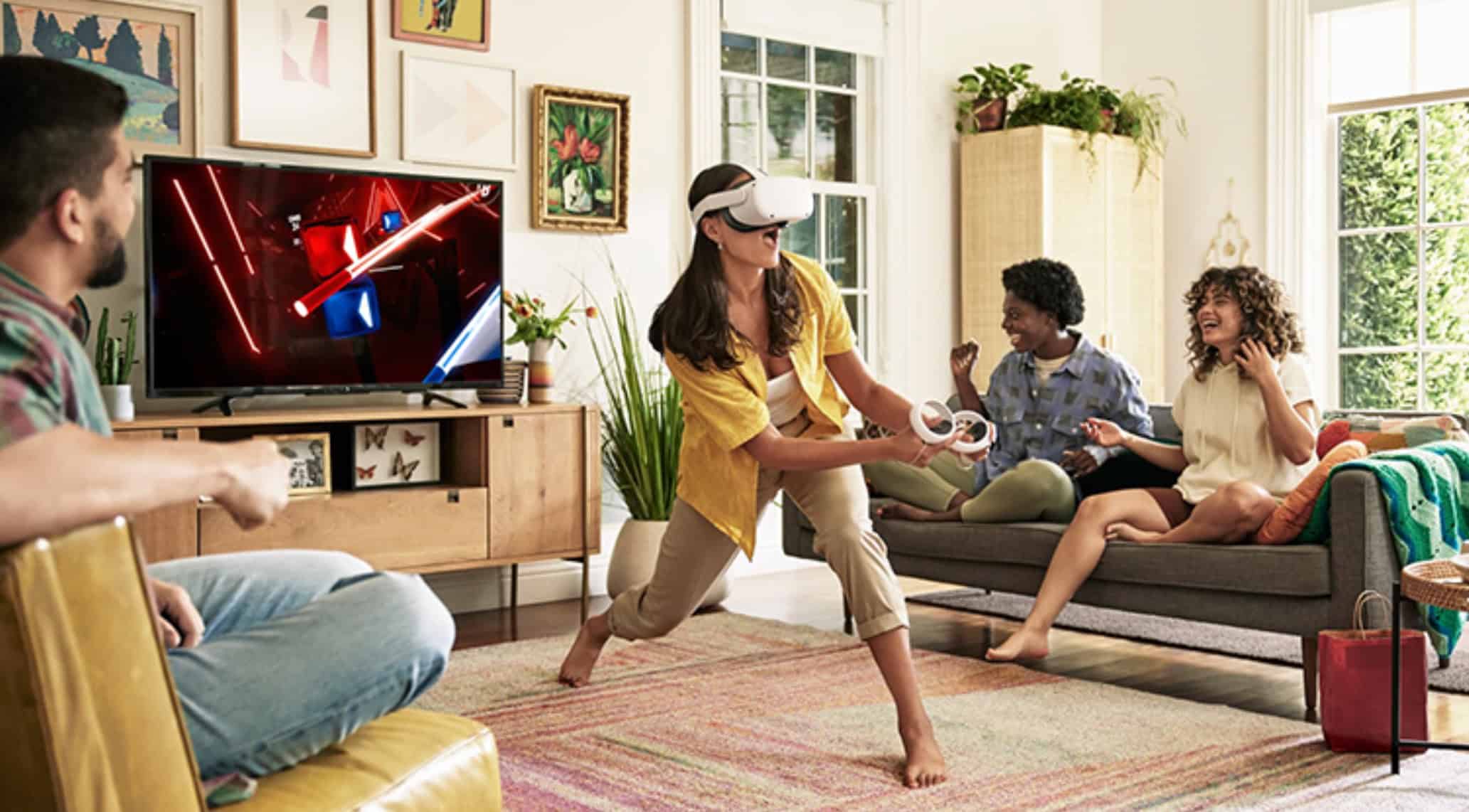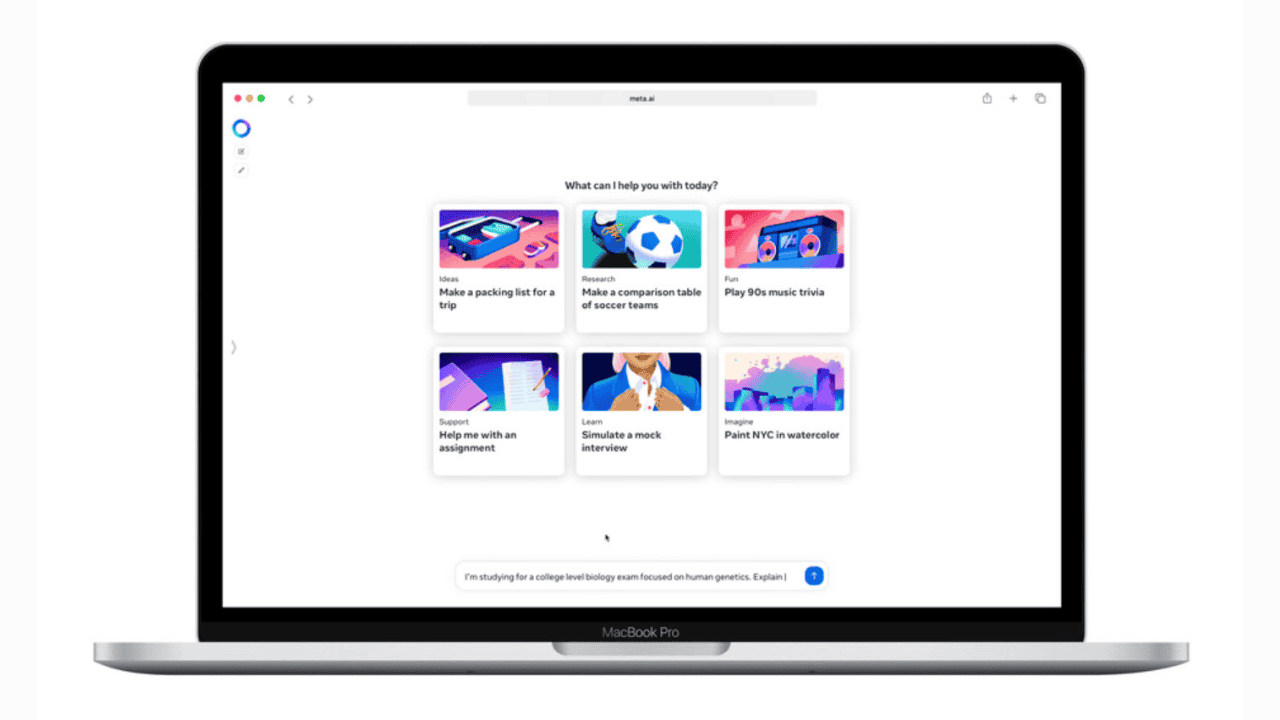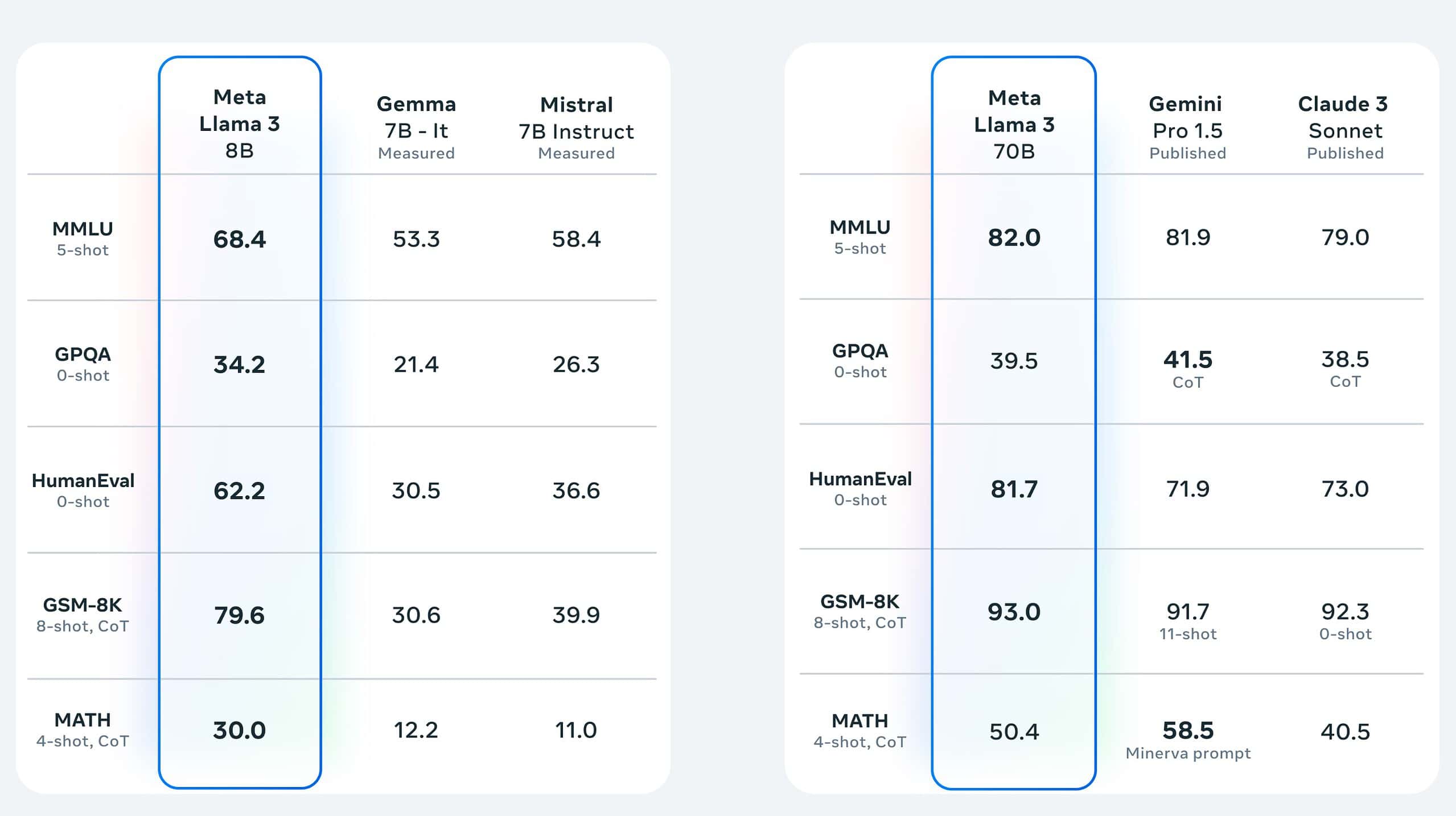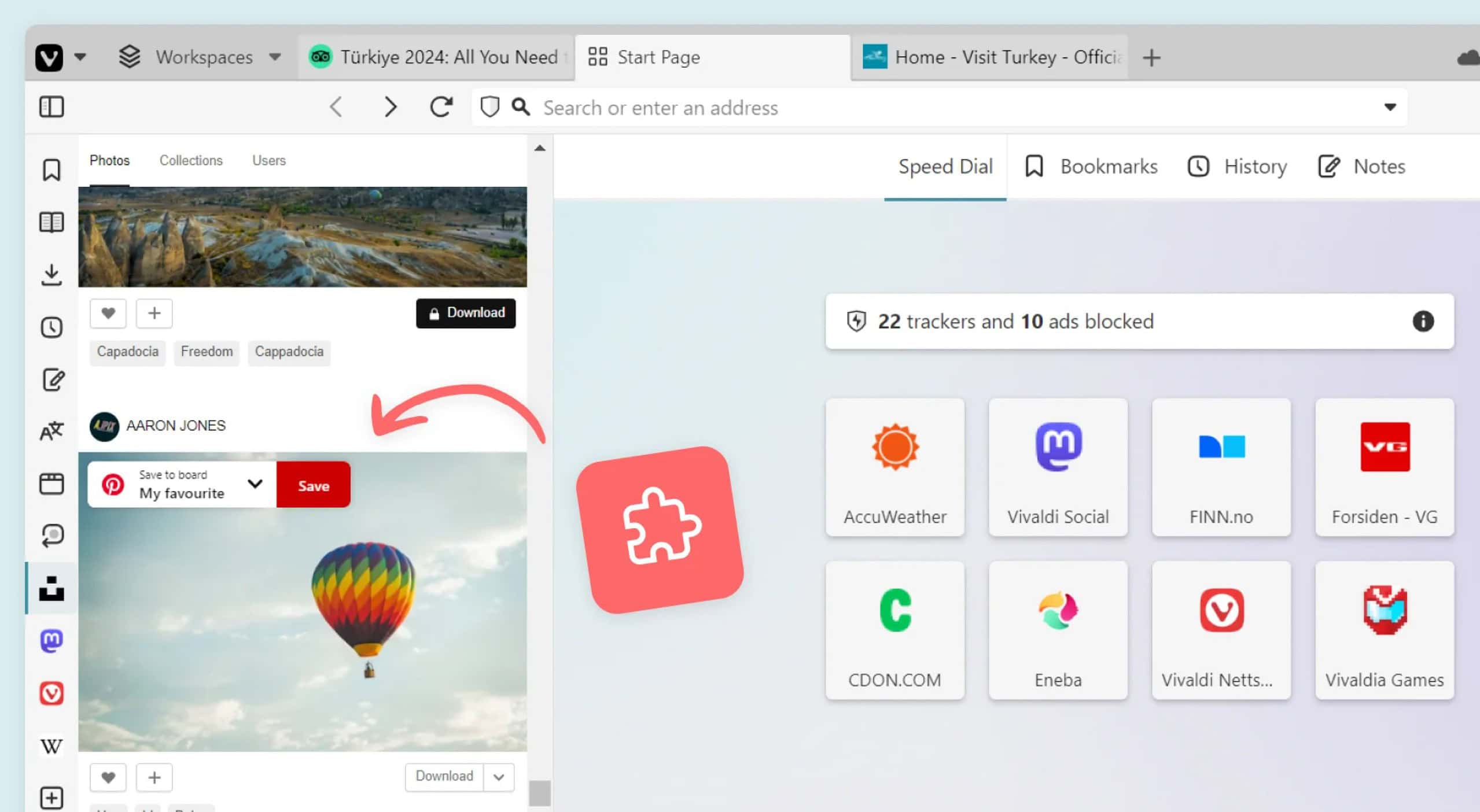Surface Duo: Microsoft explains why they made a phone with two screens and only one camera
3 min. read
Updated on
Read our disclosure page to find out how can you help MSPoweruser sustain the editorial team Read more

Today Microsoft announced two dual-screen computing devices, both long rumoured but still somewhat unexpected.
It had been believed that at the very least the smaller of the devices, the Surface Duo, had been cancelled, as the Andromeda software experience did not meet Microsoft’s quality standards. It appears Microsoft solved that problem by switching to Android, but with thousands of different Android smartphones being sold all around the world, it is still unclear why Microsoft felt the need to release their own version, instead of simply continuing to ship their software and services to the existing Android market.
According to Wired, Microsoft’s reason was simple – Microsoft wanted to have a Surface device for every productivity opportunity, and despite having a Surface for whiteboards and desktops and laptops and tablets, they did not have one yet for smartphones.
This was also why the device has two screens vs a flexible screen and lacked a rear camera.
“The idea is, I want to help you become more creative and productive,” Panay says. “That doesn’t mean a bajillion-megapixel camera on the back of the product. It means I get you into the flow, so you can create, you don’t have to switch out of context.”
Microsoft believes two screens is much more productive that one single bigger screen and has done some lab studies to prove it. They found switching between two side-by-side screens on the same device is less taxing on the brain than trying to accomplish multiple tasks on one solitary screen.
Ultimately, like the majority of Microsoft’s products, the Surface Duo is a productivity machine, meant for work on the move.
“The next time you have to write a long email on your phone, and then you normally have to switch to a Surface or Mac to finish it?” Panay continues. “You don’t have to do that again.”
It remains to be seen if there is a significant market for this, but given that Microsoft is not trying to build an ecosystem on its own, they do not have to sell millions of handsets to be successful.
Still, Microsoft has category-defining ambitions.
“This is a device category in which we can do things that we couldn’t do before,” he says. “It’s kind of like 2-in-1s were seven years ago. People started saying, ‘What are these things? Do people even need them?’ And now everybody seems to have them. So that’s how I look at it: What should we do with these two screens?”



